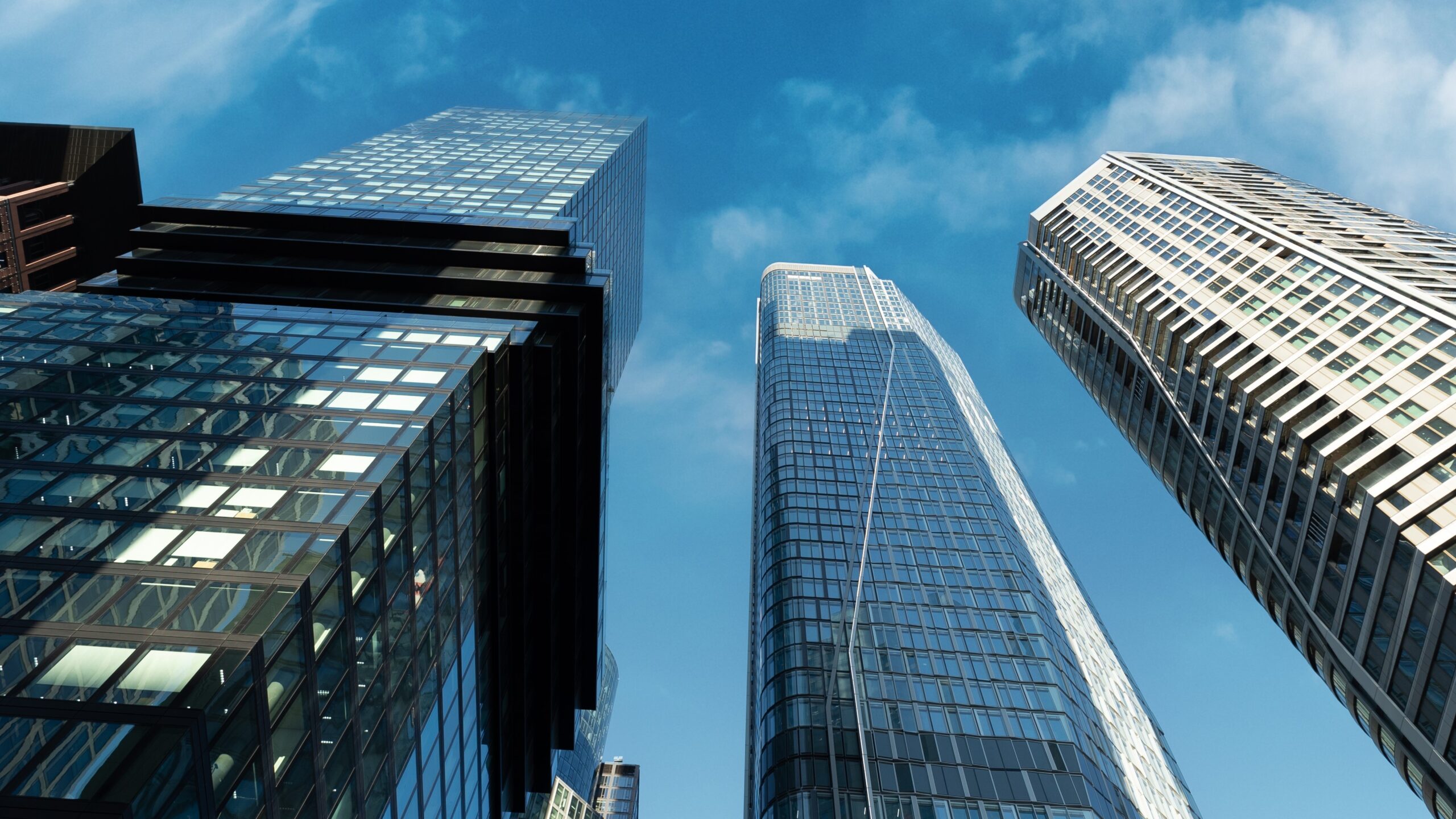
City Survey
Q1 2025
Macroeconomic environment
The German economy is still in crisis. The beginning of 2025 is characterized by significant domestic and foreign policy changes. The change of government in Germany is imminent. Protectionist trade policies are also impacting the European economy, particularly the export-orientated German economy.
The German economy continues to suffer from structural challenges such as the declining international competitiveness of companies, demographic change and high bureaucratic burdens.
Following the moderate decline in gross domestic product (GDP) in 2024 (-0.2%), the economy is unlikely to do more than stagnate this year with an increase of 0.1%. The institutes are thus revising their autumn 2024 forecast downwards by a substantial 0.7 percentage points. Momentum is now expected to be weaker in the summer half of 2025 in particular due to US tariff policy. Economists do not expect a more noticeable upturn with GDP growth of 1.3% until 2026 (source: Consensus Economics). The fiscal stimulus from special funds and exemptions from the debt brake should then materialize.
Despite rising real incomes in 2024 (+3.1%) and falling interest rates, domestic demand will remain weak and private consumption will not provide any noticeable support to the German economy this year. Consumer confidence is only partially noticeable, with a large proportion of purchasing power continuing to flow into reserves. The savings rate has risen to over 11%.
Economic growth and inflation (in % y-o-y)
Source: Oxford Economics (March 2025), Colliers
Forecast: Q2 2025
In 2024, the most important central banks, including the European Central Bank (ECB) and the US Federal Reserve (Fed), cut their interest rates several times in order to support the economy and cope with falling inflation.
The US tariffs against the EU and many other countries have revived the growth problems in the eurozone, at least in the short term. The appreciation of the euro and the fall in energy prices have exacerbated the disinflationary forces that the current tensions in global trade are exerting on the eurozone.
In light of recent data and political developments, the markets are pricing in a final deposit rate of between 1.50% and 1.75% by the end of 2025 – compared to 2.00% at the beginning of April.
This implies at least three further cuts beyond April: the deposit rate currently stands at 2.50% and the main refinancing rate at 2.65%.
Financing conditions had improved and stabilized somewhat at the beginning of the year. With the announcement of the special fund and the expansion of fiscal capacity in Germany, SWAP rates initially rose. Since the end of the quarter, however, the 10-year EUR SWAP had stabilized again at around 2.6 %. We expect a sideways movement in the near future. There is latent potential for rates to fall due to the fact that inflation expectations are currently low.
Interest rate trend (in %)
Source: Oxford Economics (March 2025), Colliers
Forecast: Q2 2025
The 10-year German government bond was quoted at around 2.67 % at the end of Q1 2025. The rise in March was primarily driven by the German government’s announcement of its intention to take on high levels of debt for defence and infrastructure. This caused yields on German government bonds to soar. At its peak, the yield on 10-year German government bonds rose to 2.93% at times. Since the end of the quarter, the level has fallen again.
Bond and real estate yields (in %)
Source: Oxford Economics (March 2025), Colliers
Forecast: Q2 2025